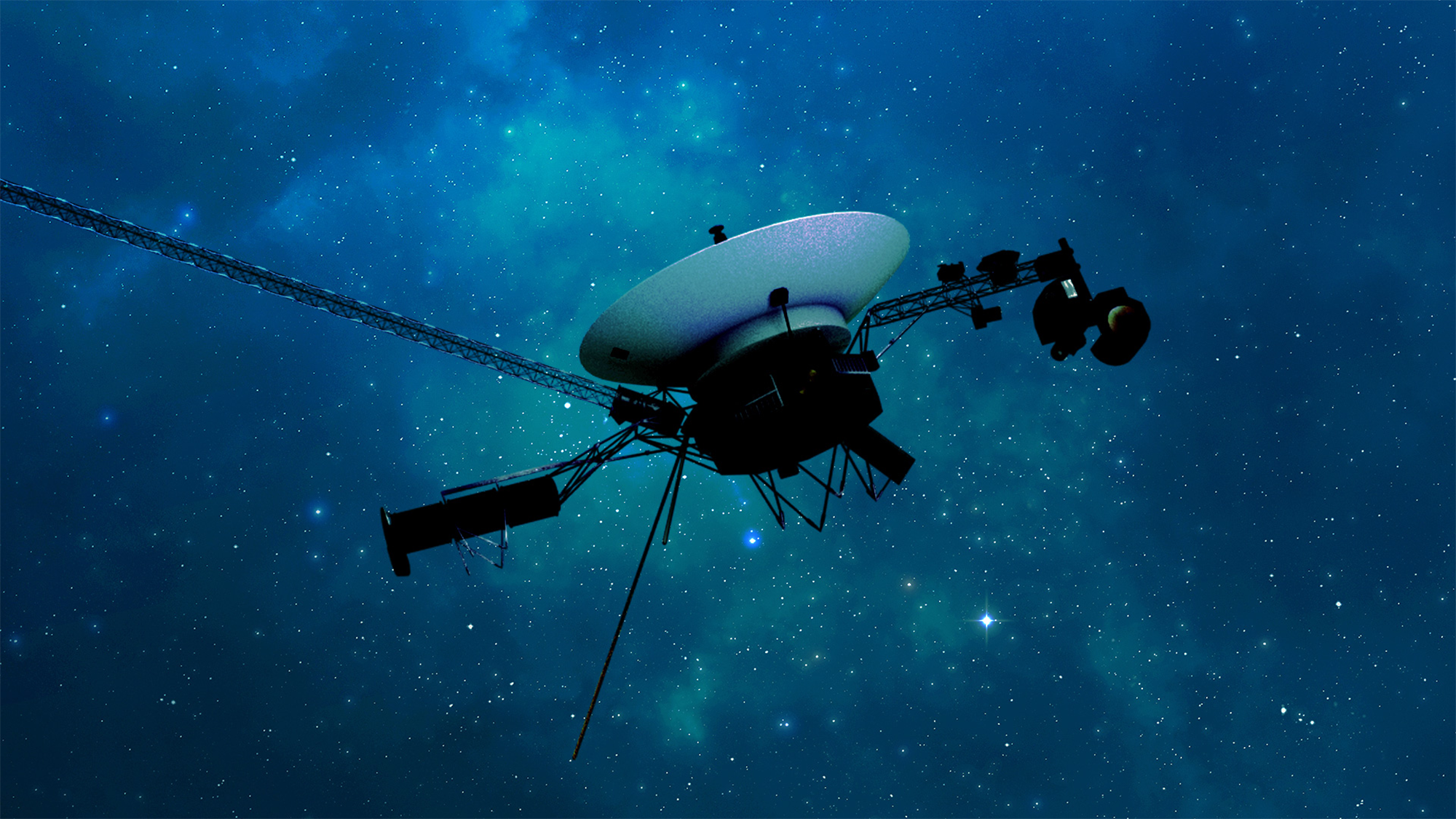
In a study to be published in the journal Science, on Friday, January 6, this loss will increase from 14% to 23% compared to previous projections. Depending on the scenarios, the impact could be significant.
How will our glaciers evolve during the 21st century?e a hundred years? In a new study to be published January 6 in the American Journal of Medicine sciencean international team, including scientists from the CNRS and Paul-Sabatier Toulouse III University, and in particular the glaciologist Etienne Berthier, reveals the mass loss of glaciers “Stronger than expected so far”.
Sea level rise from 9 cm to 15.4 cm
According to their work, this loss increases From 14% to 23% Compared to previous projections, particularly those that fueled the latest IPCC report. “The majority of glaciers on our planet are small glaciers, less than a kilometer in length2They are the most affected by this mass loss.”. Thus, according to the scenario with limiting the temperature rise to 1.5 ° C, 49% of the world’s glaciers, including all small glaciers, are nevertheless destined to disappear by the year 2100, and then cause a 9 cm rise in the sea In this hypothesis, the largest glaciers were also affected, without disappearing. If the temperature rise reaches 4 degrees Celsius, small and large will be affected and 80% of glaciers will disappear, with sea levels rising by 15.4 cm.
200,000 glaciers
To achieve these results, the scientists relied on the observations of a study that quantified the mass losses of the world’s glaciers, which were generalized and accelerated between 2000 and 2019. This earlier information made it possible to calibrate the mathematical model, designed as part of this new publication, one by one for 200,000 A glacier is on Earth. In addition, the model now takes into account previously unrepresented processes, such as mass losses associated with the generation of icebergs and the effect of a blanket of debris on the surface of the glacier.
There is still time to work…
However, scientists say there is still time to act. The study reveals that Mass losses of the largest glaciers, such as those in Alaska, the Canadian Arctic or around Antarctica, which are key drivers of future sea level rise, could remain limited by the implementation of measures to contain the increase in temperatures.. Will you hear the message?




freshidea-AdobeStock-ef12.jpeg)

